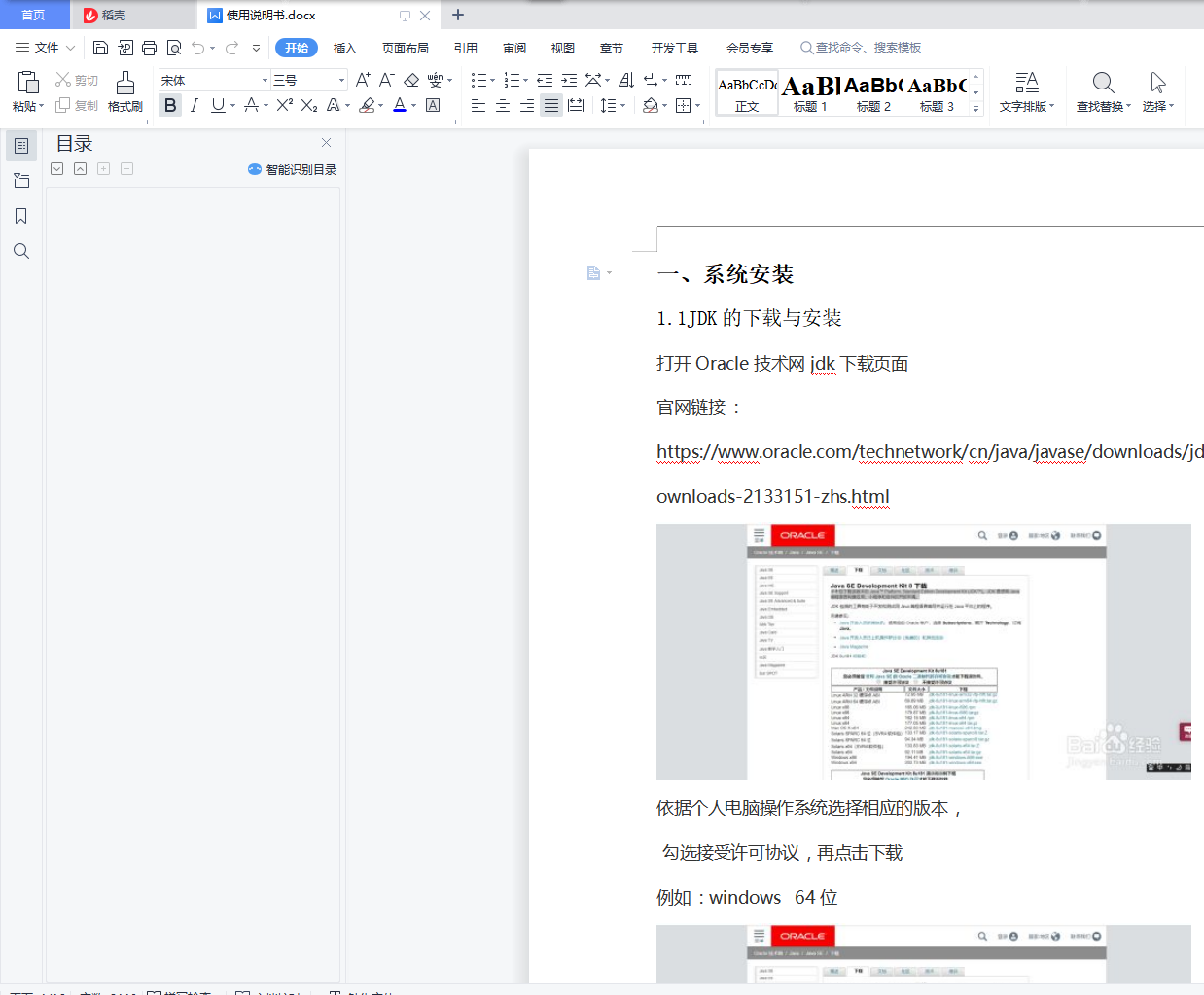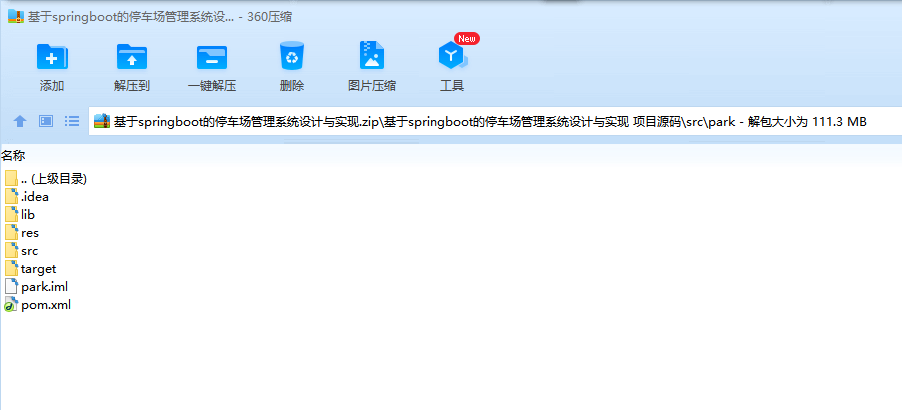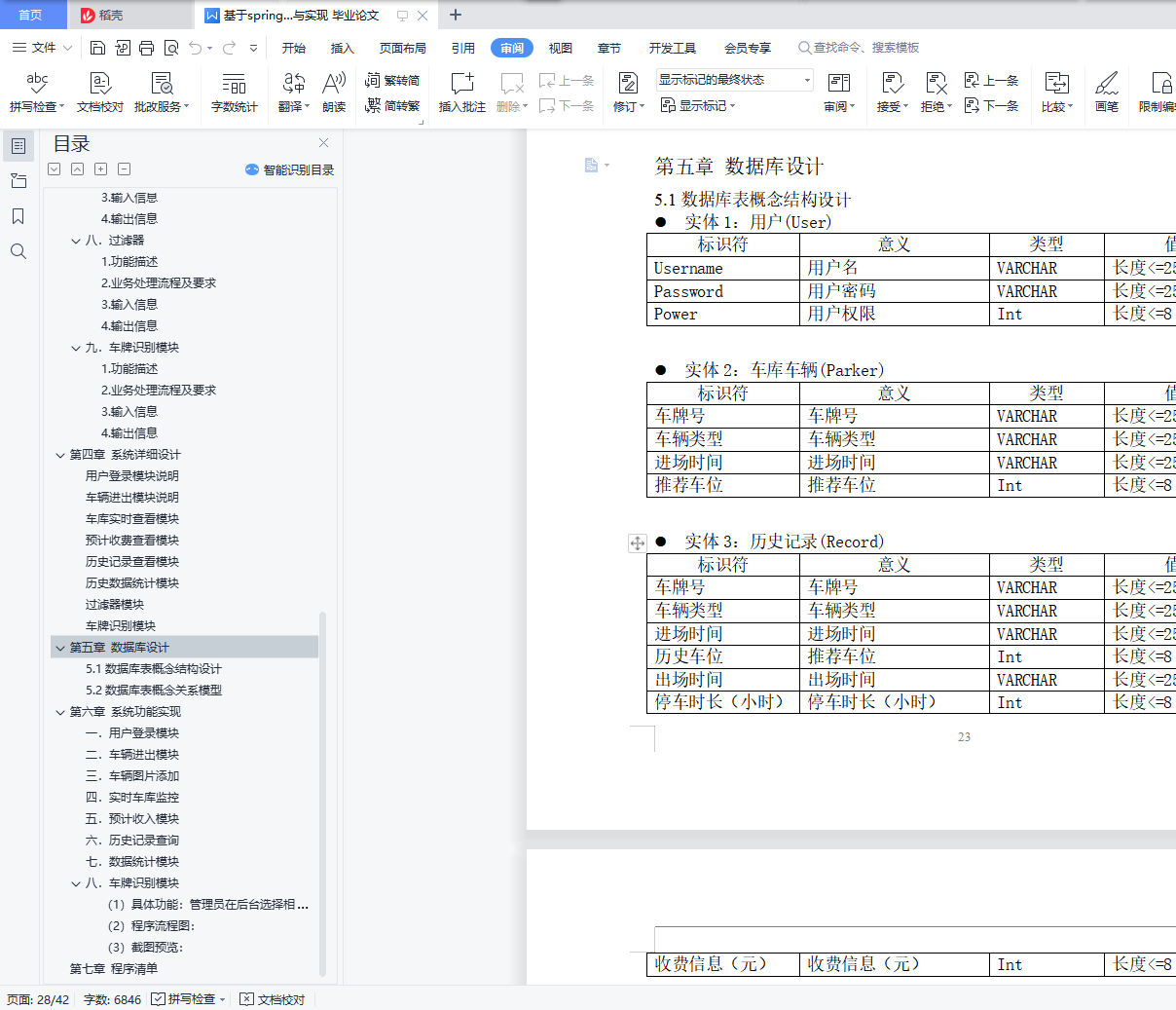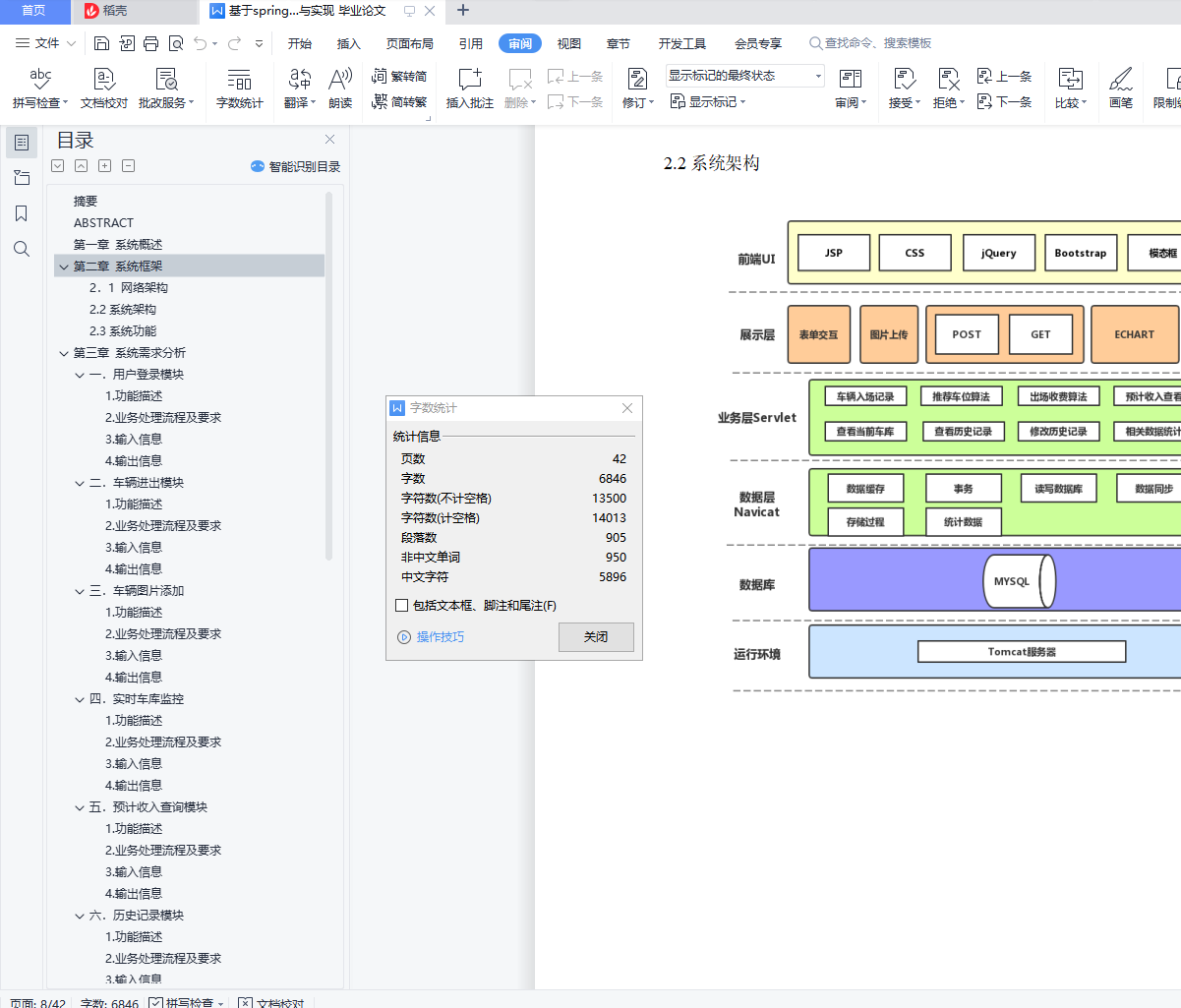摘要
中国经济的迅猛发展,和城市化进程的推进,汽车保有量与停车位数量的发展不同步,令停车位供需严重失衡,为城市管理带来一系列的难题:找车位难、停车难、乱停放、道路拥堵,这是现今城市“停车难”的通病,治理停车难刻不容缓。目前,汽车的持有量在不断地增加,停车逐渐成了一个难题,小区的停车问题更加突出。小区自助停车场管理系统通过小区业主在该系统注册账号,填写停车信息,完成停车。在该系统中,用户可以对自己的车辆信息进行更改,还可以自由选择停车位。鉴于现在停车场管理系统的管理比较落后,从而开发了停车场收费管理系统,以求更有效地管理停车场收费情况。
本系统采用springboot框架的系统设计,使用JSP技术实现网页的基本功能,后台数据库选用的是MySQL数据库,本系统的主要功能包括对停车场管理员的信息管理,客户的信息管理等重要模块。本文介绍了停车场管理系统的开发过程详尽论述了需求分析,系统分析,概要设计,详细设计,以及设计与调试的整个开发过程,总结了开发过程中的经验及本系统今后的改进方向。
关键词:停车场;管理系统;信息管理;Java:Mysql;springboot
ABSTRACT
The rapid development of China's economy, and the advancement of urbanization process, car ownership and the development of the number of parking space, parking supply and demand imbalance, brings a series of problems for urban management: difficult to find parking, parking, parking, road congestion, this is the common problem of urban "parking", governance parking is urgent.At present, the number of cars is increasing, parking has gradually become a difficult problem, and the parking problem in the community is more prominent.The self-service parking lot management system of the community registers the account of the owners in the system, fill in the parking information, and complete the parking.In the system, users can make changes to their vehicle information and are free to choose a parking space.In view of the backward parking management system, the parking fee management system has been developed to manage the parking fee situation more effectively.
The system adopts the system design of springboot framework, and uses JSP technology to realize the basic functions of the webpage. The background database selects MySQL database. The main functions of the system include the information management of parking lot administrators, customer information management and other important modules.This paper introduces the development process of parking lot management system, system analysis, summary design, detailed design, and the whole development process of design and debugging, summarizes the experience in the development process and the future improvement direction of the system.
Key words: parking lot; management system; information management; Java: Mysql; springboot
目 录
摘要 I
ABSTRACT II
第一章 系统概述 1
第二章 系统框架 2
2.1 网络架构 2
2.2系统架构 3
2.3系统功能 4
第三章 系统需求分析 5
一.用户登录模块 5
1.功能描述 5
2. 业务处理流程及要求 5
3. 输入信息 5
4. 输出信息 5
二. 车辆进出模块 5
1.功能描述 5
2.业务处理流程及要求 5
3.输入信息 6
4.输出信息 6
三. 车辆图片添加 6
1. 功能描述 6
2. 业务处理流程及要求 6
3. 输入信息 6
4. 输出信息 6
四. 实时车库监控 6
1. 功能描述 6
2. 业务处理流程及要求 6
3. 输入信息 7
4. 输出信息 7
五. 预计收入查询模块 7
1. 功能描述 7
2. 业务处理流程及要求 7
3.输入信息 7
4.输出信息 7
六. 历史记录模块 7
1. 功能描述 7
2. 业务处理流程及要求 7
3.输入信息 8
4.输出信息 8
七. 数据统计模块 8
1.功能描述 8
2.业务处理流程及要求 8
3.输入信息 8
4.输出信息 8
八. 过滤器 8
1. 功能描述 8
2.业务处理流程及要求 8
3.输入信息 9
4.输出信息 9
九. 车牌识别模块 9
1.功能描述 9
2.业务处理流程及要求 9
3.输入信息 9
4.输出信息 9
第四章 系统详细设计 9
用户登录模块说明 9
车辆进出模块说明 11
车库实时查看模块 13
预计收费查看模块 14
历史记录查看模块 17
历史数据统计模块 19
过滤器模块 22
车牌识别模块 22
第五章 数据库设计 23
5.1数据库表概念结构设计 23
5.2数据库表概念关系模型 24
第六章 系统功能实现 25
一.用户登录模块 25
二.车辆进出模块 26
三. 车辆图片添加 29
四. 实时车库监控 30
五. 预计收入模块 31
六. 历史记录查询 32
七. 数据统计模块 33
八. 车牌识别模块 35
(1)具体功能:管理员在后台选择相应的图片路径进行车牌识别。 35
(2)程序流程图: 35
(3)截图预览: 35
第七章 程序清单 36





















